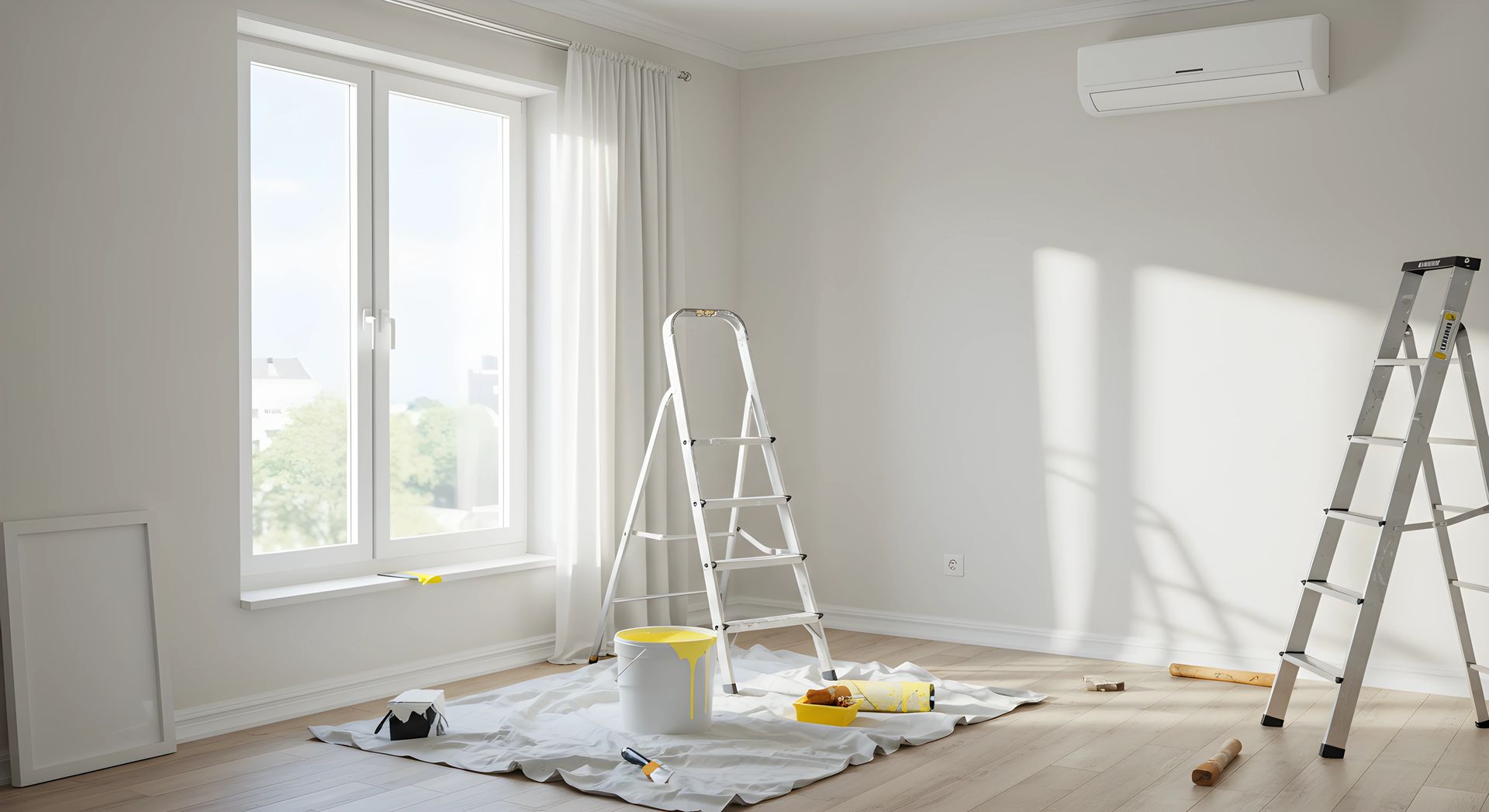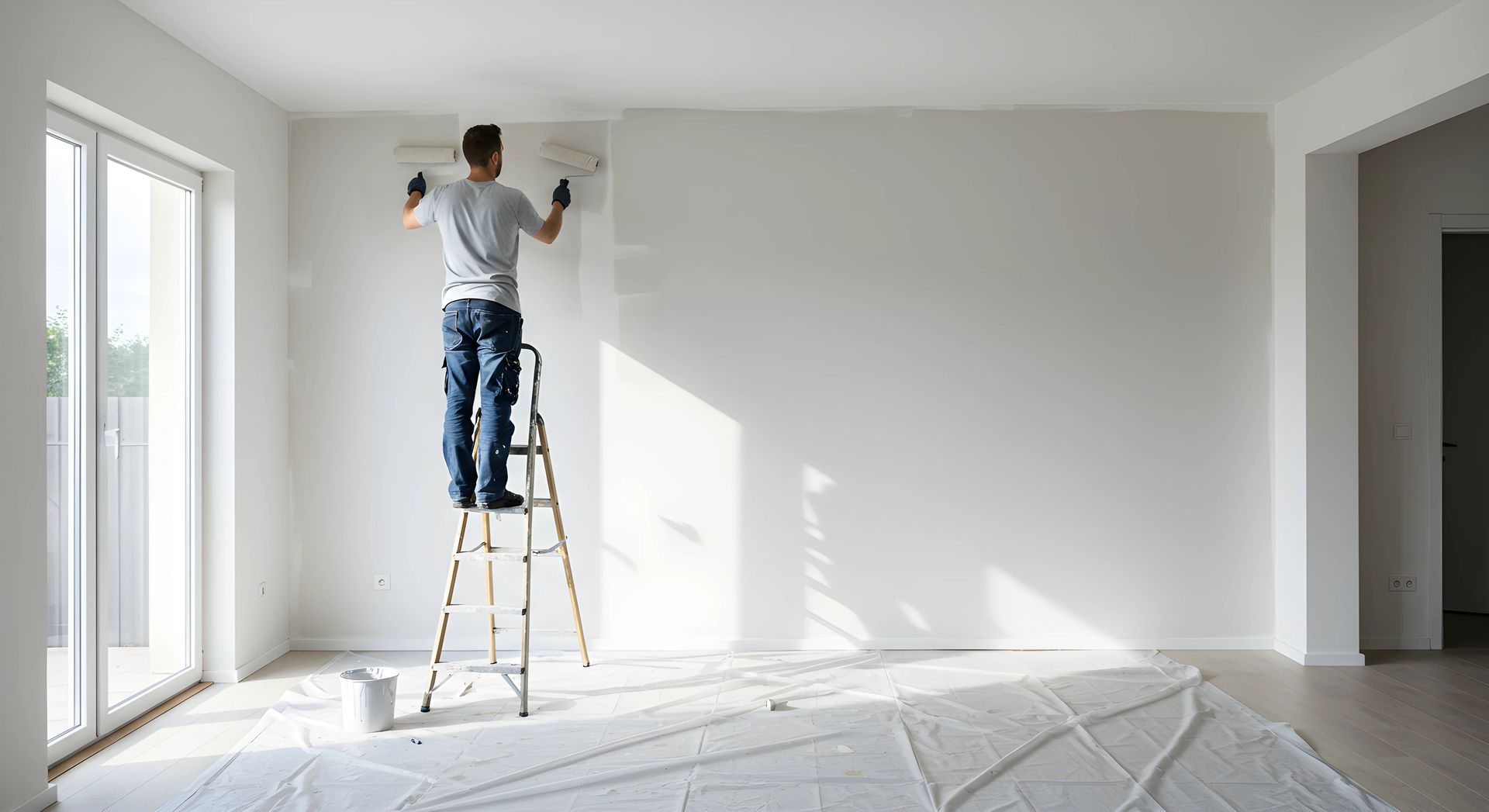When it comes to painting the interior of your home, you may come across different types of paint, including latex paint. But is indoor paint the same as latex? Let's delve into this topic to understand the differences and similarities between the two.
Indoor paint, also known as interior paint, is a broad term that encompasses various types of paint used for interior walls, ceilings, and other indoor surfaces. On the other hand, latex paint is a specific type of indoor paint that contains synthetic polymers known as acrylics. These polymers give latex paint its flexibility, durability, and ease of use.
While all latex paints are indoor paints, not all indoor paints are latex. There are other types of indoor paints, such as oil-based paints and water-based paints, each with its unique characteristics and applications.
Latex paint is favored for interior applications due to its low odor, quick drying time, and easy cleanup with water. It also provides a durable finish that resists fading, cracking, and peeling over time. Additionally, latex paint is available in a wide range of colors and finishes, making it suitable for various decorating styles and preferences.
In contrast, oil-based paints are known for their durability and smooth finish, but they require mineral spirits for cleanup and have a strong odor. Water-based paints, also known as acrylic paints, offer quick drying times and easy cleanup like latex paint but may not be as durable.
When choosing between indoor paint and latex paint for your interior painting project, consider factors such as the surface to be painted, desired finish, and personal preferences. Both types of paint can provide excellent results, so it ultimately comes down to your specific needs and requirements.
In conclusion, while indoor paint and latex paint are often used interchangeably, they are not the same. Latex paint is a type of indoor paint that contains acrylic polymers, offering durability, flexibility, and ease of use. Understanding the differences between these paints can help you make an informed decision when planning your next interior painting project.



